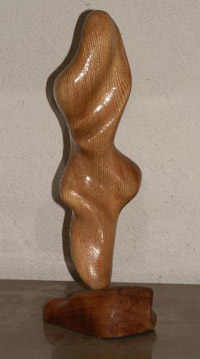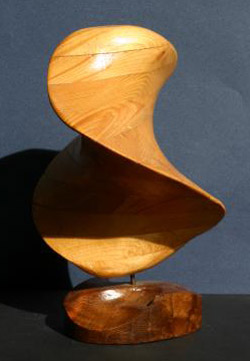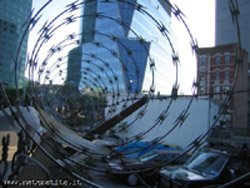This is the text of the poster you can see here.
Different? Equal!
In our country, it has been long stated in a clearly way that the white, black, red or yellow kids in first grade – as well as the members of a university senate or of a board or directors – are all alike in their splendid (or sad) difference. People like us, who still believe in it, know well that understanding in which way we are different one from the other helps us to understand how and why we are all alike.
From Darwin’s theory to a shopping list, any process of abstraction is based on a classification activity. In early childhood, first examples of this activity are related to the build-up of language: when a child learns that… the name “glass” stands for his own glass with a purple cat on it, as well as for the less colored glass of any grown-up close to him.
Thus, it is not by chance that one of the first operations carried out by a mathematician (when he/she analyses a given scenario) is to classify the objects of his/her investigation in a way that is functional to the prefixed goal he/she has chosen. Then, the difference between two objects is not an intrinsic property, but a characteristic which depends on the parameters chosen to study them. Reality has different facets which heavily depend on the methods of investigation.
When it is successful, i.e., it yields a complete classification of the objects under investigation, this operation of “rearranging” gives an important simplification because it allows one to consider only the containers and not the objects therein contained. When it fails the aim and it does not give a complete classification, the work done to set suitable criteria for equality/difference is however important to make considerable progress in understanding the question under investigation. The history of mathematics is rich of successful tasks of classification as well as unsuccessful, albeit fruitful, classification trials!
The topological classification of varieties can show well this scenario: the case of surfaces (i.e., two-dimensional varieties) was completely solved relatively early (at the end of 1800). On the other hand, the investigation of the general case has presented enormous difficulty. At the beginning of this millennium, a thorny question in this setting has been recently solved when Grigori Perelman has proved the famous “Poincaré Conjecture”, which had been open since the early years of the previous century.
Henri Poincaré tried to classify three dimensional varieties via homology theory. He came up with the existence of a variety, which is different from the sphere from the viewpoint of Topology; however it had the same homology of the three-dimensional sphere. He tried to find out other methods of distinguishing the sphere from other varieties and in particular, he focused his attention on what is called the “fundamental group” in Mathematics. He did not find a proof for his choice being adequate, but he set an unsolved problem until Perelman published a series of results which, in particular, confirm Poincaré Conjecture.
In this exhibition, we describe other and diverse scenarios in which you must decide (arbitrarily but consistently!) the criteria of equality and difference in order to classify some “objects” (sometimes concrete, sometimes abstract). In these scenarios, you can imagine to “put on” a special type of “glasses” to decide in which container you can put a given object. Through these glasses, two apparently different objects may look alike.
 |
 |
May it be arithmetic for which 2+2 is not always 4 or geometries for which circumferences and ellipsis are equal. Or may it be surfaces that transform one into the other and stay astonishingly different as the ones below, or mosaics that, in spite of any appearance, come from the same machine. The exhibits of this exhibition show that the classification of objects requires an open mind and imagination.
 |
 |
 |
Once again, Mathematics gives way to experiences of great freedom and creativity!

